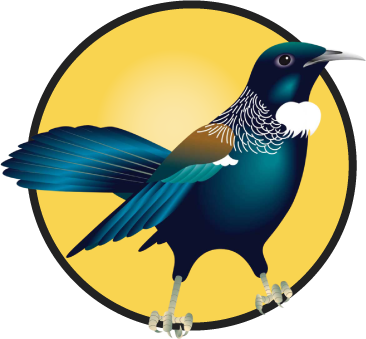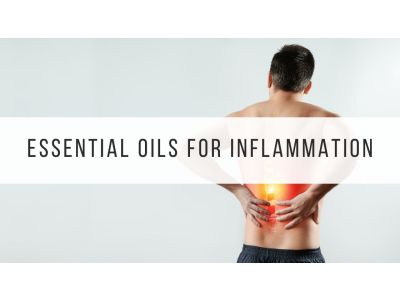Self-care is one of the most important things we can do for our bodies and minds. From eating a healthy and balanced diet to exercising regularly, we all know the importance of looking after ourselves.
At Songbird Naturals, we believe one of the most enjoyable forms of self-care is massage. When done correctly, massage can have a profound positive impact both physically and mentally.
Professional massage therapists offer a wealth of knowledge, skills and experience in massage, with wonderful results. However, you don’t always need to visit a professional in order to reap the benefits of massage. This is where self-massage comes in.
What is self-massage?
Self-massage is exactly as it sounds: you massaging your own body. It can be an extremely beneficial way to make yourself feel better, both physically and mentally. As you are the only person who knows precisely how each part of your body feels, self-massage allows you to target the exact areas of the body that need some attention.
Who should self-massage?
Self-massage is ideal for anyone who has little spare time, is looking for a low-cost alternative to massage treatments, or who prefers not to be touched by others. It can also be beneficial to those suffering from aches and pains due to muscle tension, poor posture, inflammation and arthritis. Through gentle movements and soft manipulation of the skin, muscles and tissue, massage is believed to decrease pain by increasing blood flow to the area and gently exercising the muscles.
We believe that if you’re able to self-massage, you should do so. Not only can it help you physically, but if done consciously it can promote mental wellbeing by easing feelings of stress and anxiety, and promoting good sleeping patterns.
As always, it’s best to consult a health professional first if you have underlying health concerns.
Do you need any training, experience or equipment?
Anyone can self-massage, and you don’t need to study massage therapy to give it a go. There are plenty of guides online and in books for specific self-massage techniques, but many people will intuitively find what feels right for their body as they experiment.
You don’t necessarily need any equipment for self-massage; your hands are free, and you are in control of your strength and grip. If you’re looking for a more intense massage, or you’re struggling to reach a particular part of your body, products such as massage balls, electric neck pillows and trigger point massagers can be beneficial.
To reduce the skin-on-skin friction during your massages, you can try using a little of our Bee Balm or any of our massage waxes. Not only will this aid with the massage, it will also leave your skin feeling beautifully nourished.
Where should you massage?
You can self-massage any part of your body. Most of us are familiar with the idea of rubbing our temples when we have a headache, but there are lots of other areas that can benefit from self-massage. Massaging your own hands, feet, neck and shoulders is a great place to start.
There are also ‘trigger points’ throughout the body, which can be great to massage. Trigger points are often referred to as tight ‘knots’ in the muscles, which can be very tender to the touch. They often cause referred pain, meaning the part of your body that feels achy or uncomfortable isn’t necessarily where the knot is.
One way of finding trigger points is by looking at a diagram of common trigger points on the body, and then using your fingers or thumbs to press these areas on your own body. If you have a trigger point there, you’ll feel an acute pain when pressing into the area. It should generally feel like a ‘good’ pain.
How do you self-massage?
You can massage your own hands by applying pressure with your thumb to the palm of your opposite hand, and slowly circling the palm. Use your thumb and index finger to massage the fleshy muscle around the base of your thumb, as well as massaging around your knuckles and along your fingers.
Similarly, you can massage the balls of your feet in a circular motion with your thumb. Try firmly tracing your thumb down your foot towards your heel, or very gently pulling on your toes one by one.
If you want to massage your trigger points, first identify the trigger point and then press into it with your thumb, finger or knuckle for 10-30 seconds at a time. The aim is to feel a gentle release in the muscle, which can be quite subtle. If you don’t feel this release after 30 seconds or so, don’t continue to apply pressure for longer in the hope that you’ll get there. Instead, take a break and try again later, and commit to massaging the area a few times a day.
The scalp can be a wonderful area to massage. Try massaging your scalp in circular motions using your fingers and thumbs. Allow your hands to move across the entirety of your scalp, and experiment with different pressures, patterns and speeds. Many people enjoy the sensation of very gentle hair pulling and scalp scratching.
When massaging the shoulders and neck, combining the massage with gentle stretches can help ease general tension and discomfort caused by everyday life. Try stretching the neck by slowly tilting your head from side to side, and roll your shoulders forwards and backwards.
When should you self-massage?
Self-massage can be performed any time you need it. You could massage your head, neck and shoulders in the morning when you wake up, or just before you go to sleep. It can be helpful to self-massage after a bath or shower, as your body will be warm and your muscles relaxed; this can aid in a deeper massage. You may want to give yourself a small massage before exercise (to prepare your muscles for more vigorous movement) and after exercising (as part of your cool down routine). Similar to a pre/post workout stretch, therapists believe this can promote circulation and ease tension.
Once you’re familiar with self-massage techniques, you can easily incorporate it into your daily routine. You could give yourself a quick hand or foot massage while at your desk, or take 10 minutes to massage your neck and shoulders during your lunch break.
We believe self-massage can have benefits for anyone. If you’re new to self-massage, just give it a go and find what feels good to you. It could be the best thing you’ve tried all day!






